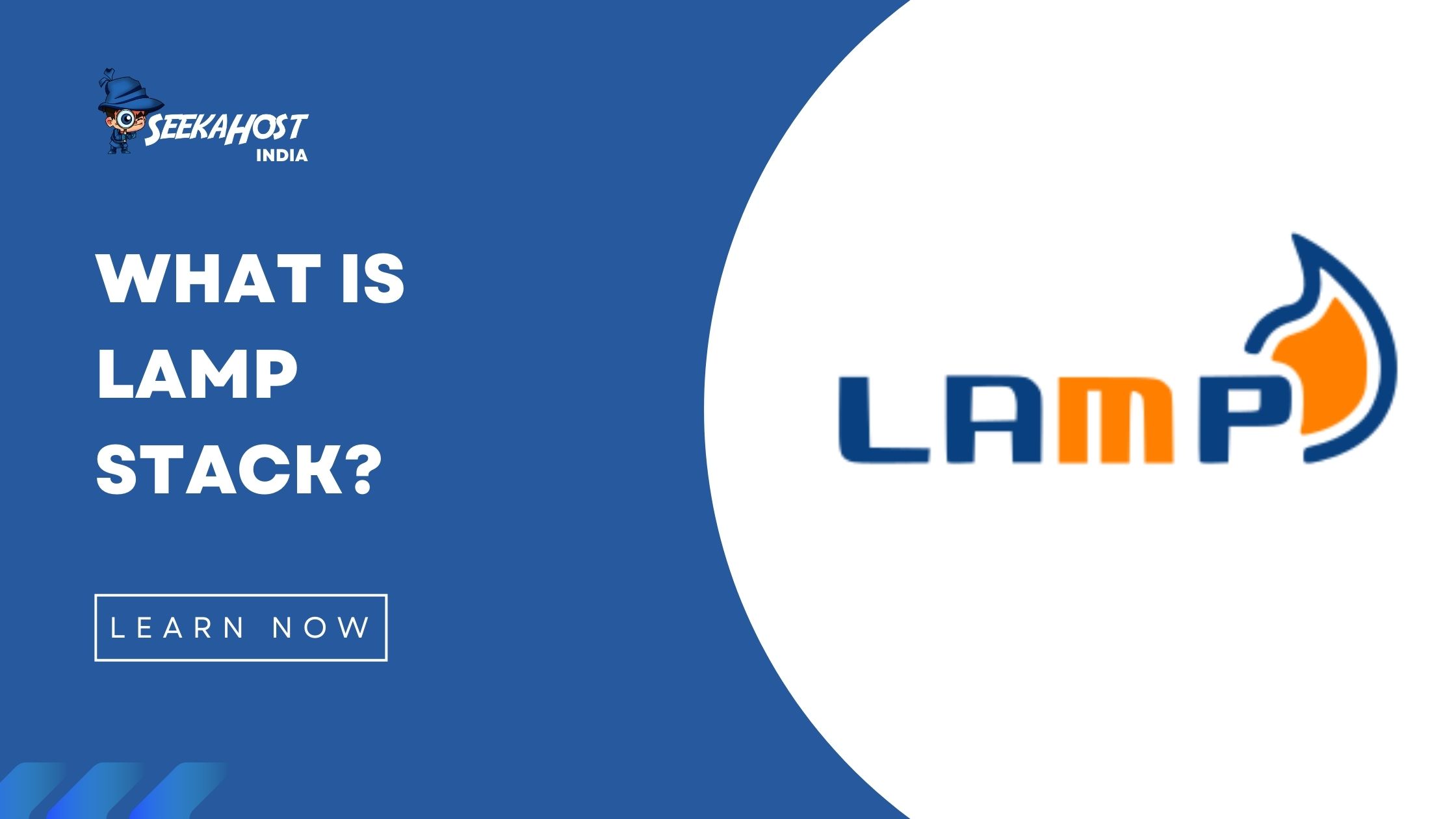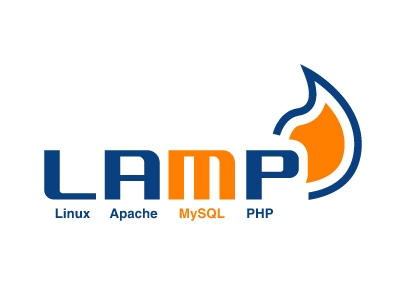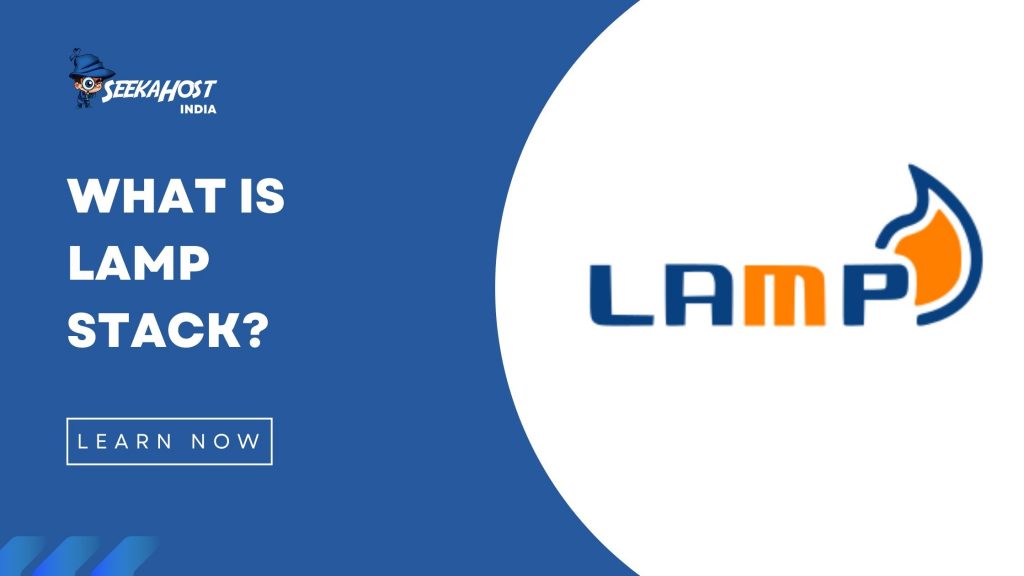
What is LAMP Stack and How it Works?

By Aravindhan | March 18, 2022
What is LAMP Stack?
LAMP stands for Linux, Apache, MySQL, and PHP. LAMP is an acronym denoting one of the most common solutions. It is the oldest and most utilized software development method, the LAMP stack allows web developers to build, deploy, and manage web applications. It was one of the first open-source software stacks for many of the web’s most popular applications. it is considered by many of the platforms of choice for developing new custom web apps.
LAMP Full Form and Components:
It is consists of four components (Linux, Apache, MySQL, and PHP – LAMP Full Form) necessary to establish a fully functional web development environment. It delivers high-performance web applications. Each application contributes essential capabilities to the stack.
Linux: The operating system
 It is a free and open-source operating system(OS). Linux is a family of open-source Unix-like operating systems(OS) based on the Linux kernel. Linux is launched on 17 September 1991, by Linus Torvalds. An OS is software, it manages the system hardware and resources. like CPU, memory, and storage. It sits between applications and hardware to make the connections between all of the software and the physical resources that do the work.
It is a free and open-source operating system(OS). Linux is a family of open-source Unix-like operating systems(OS) based on the Linux kernel. Linux is launched on 17 September 1991, by Linus Torvalds. An OS is software, it manages the system hardware and resources. like CPU, memory, and storage. It sits between applications and hardware to make the connections between all of the software and the physical resources that do the work.
Linux is the largest open sources software project in the world. It was released under the GNU General Public License (GPL). In Linux under the same license code anyone can run, study, modify, and redistribute the source code, or even sell copies of their modified code.
Apache: The web server
The Apache HTTP Server is a free and open-source cross-platform web server that delivers web content through the internet, released under the terms of Apache License 2.0. It is the one component is needed in a web application stack to deliver web content. Also, it’s becoming the most popular HTTP client on the web. It is Developed and maintained by an open community of developers.
Apache is the web server, which processes requests and serves web assets and content via HTTP. One of the main advantages of Apache is its ability to handle large amounts of traffic with minimal configuration. Also, configuring apache is easy. You can configure apache to what you want, how you want it.
MySQL: The database
 The third layer of the LAMP stack is the MySQL database. MySQL is an open-source relational database management system. MySQL is the database that stores all information in queried format using the SQL language. The main use of MySQL is for the purpose of a web database. The SQL language is a great choice if you are dealing with a structured business domain. MySQL sits on top of the Linux layer alongside Apache. In high-end configurations, MySQL is offloaded to a separate host server.
The third layer of the LAMP stack is the MySQL database. MySQL is an open-source relational database management system. MySQL is the database that stores all information in queried format using the SQL language. The main use of MySQL is for the purpose of a web database. The SQL language is a great choice if you are dealing with a structured business domain. MySQL sits on top of the Linux layer alongside Apache. In high-end configurations, MySQL is offloaded to a separate host server.
PHP: The programming language
 The fourth layer of the LAMP stack is PHP. The PHP open-source scripting language works with Apache to help create dynamic web pages. The PHP language works with the Apache server to build dynamic web pages. Developers cannot use HTML alone to perform dynamic processes such as pulling data out of a database. PHP executed this functionality by simply integrating PHP code into the parts of a page that you want to be dynamic.
The fourth layer of the LAMP stack is PHP. The PHP open-source scripting language works with Apache to help create dynamic web pages. The PHP language works with the Apache server to build dynamic web pages. Developers cannot use HTML alone to perform dynamic processes such as pulling data out of a database. PHP executed this functionality by simply integrating PHP code into the parts of a page that you want to be dynamic.
How does it work?
LAMP stack is mainly used for building and delivering web-based applications. Its efficiency and flexibility allow the smaller developers to compete with commercial software development solutions. The four-layer of LAMP is picked as optimal solutions for developers who wish to host, serve and manage web-based content.

The process starts when the apache server receives requests for web pages from a user browser. If the request is for a PHP file, the Apache web server passes the request to PHP, which loads the file and executes the code contained in the file. PHP will communicate with MYSQL to fetch any data referenced in the code. After that, PHP uses the code in the file and the data from the database to create the HTML that browsers require to display web pages. The LAMP stack is handling not only static web pages. The LAMP stack can handle both static web pages and dynamic pages. In Dynamic Pages, contents keep on changing depending on the date, time, user identity, and other factors.
After running the file code, PHP passes the resulting data back to the Apache webserver to send to the browser. It can also store new data in MySQL.
Advantages of LAMP:
- LAMP is consists of Free and Open-source Software (FOSS), making them readily available.
- Developers will easily access their community support and easier to fix bugs and issues.
- It is easy to find support due to the size of the LAMP community.
- Easily customize the stack and interchange the components with other open-source software to suit the needs.
Disadvantages of LAMP:
- LAMP does not support OS other than Linux.
- Apache webserver can run into performance problems under heavy workloads.
- Switching between coding in Python and PHP on the server-side and using JavaScript on the client-side can disrupt the development workflow.
SeekaHost x LAMP Stack:
SeekaHost India uses all the components of LAMP Stack to provide the best web hosting service that delivers website content flawless. You can start with a business web hosting package at just ₹99/mo with a 50% offer on domain purchases. If you look for any better packages, you can look for dedicated servers and VPS Hosting Plans.
Are you still wondering which one to choose? No worries, look at the right bottom of our website, we’ll have a live chat support team available 24×7 to assist you! 🙂

